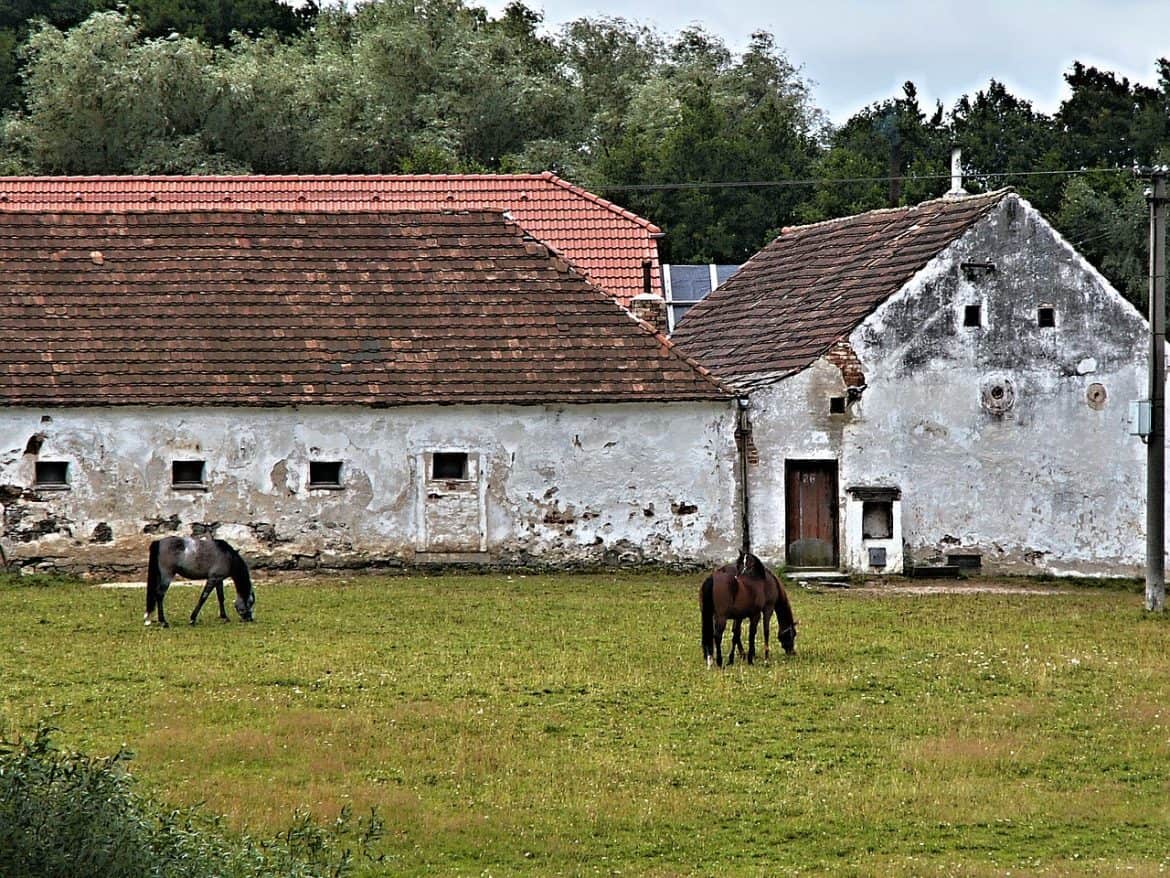Firing from behind a barricade is an essential part of combat marksmanship. It is a relatively straightforward skill and easily acquired. As all shooting techniques, however, mastery only comes from extensive practice. Contrary to what is seen on movies, most shooting incidents do not happen at high noon on Main Street. Common sense dictates that […]
Month: January 2018
The Myriad Uses of Concrete in Homesteading
Homesteading puts us in a constant state of learning new skills, especially in the early years. One thing you’ll want to become comfortable with as soon as possible is working with concrete, because there plenty of ways we can use concrete in homesteading. Concrete Is the Ultimate Building Material Composed of Portland cement, crushed rock and […]
The More You Know the Less You Carry
https://www.youtube.com/watch?v=XxIUI401zuU I got my start with bushcraft as a child living on a state park. The man in the video above is Mors Kochanski who is a internationally known bushcrafter. He popularized the idea of the more you know the less you carry. I am sharing this video to explain a very important concept […]
How to Make a Cheap Frame Loom
Now that I have some homemade yarn I need to do something with it. I cannot knit. However, I have made a loom before, but it was small and not very useful. Today’s post is a much larger DIY frame loom. I enjoy using a drop spindle. Spinning is something I do that relaxes […]





